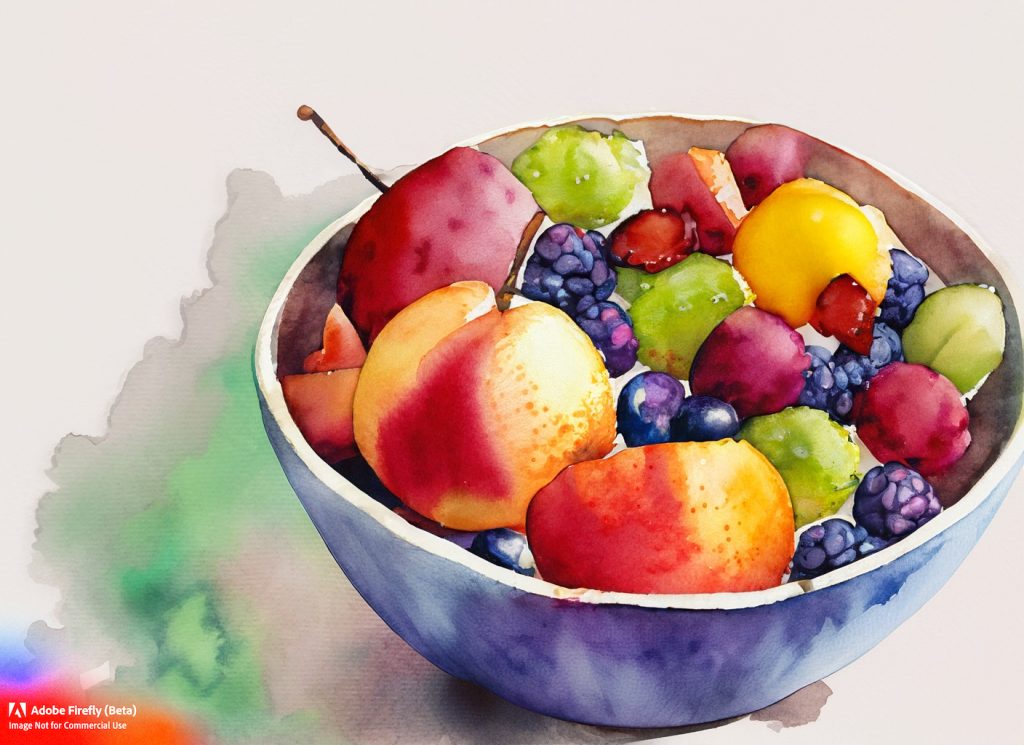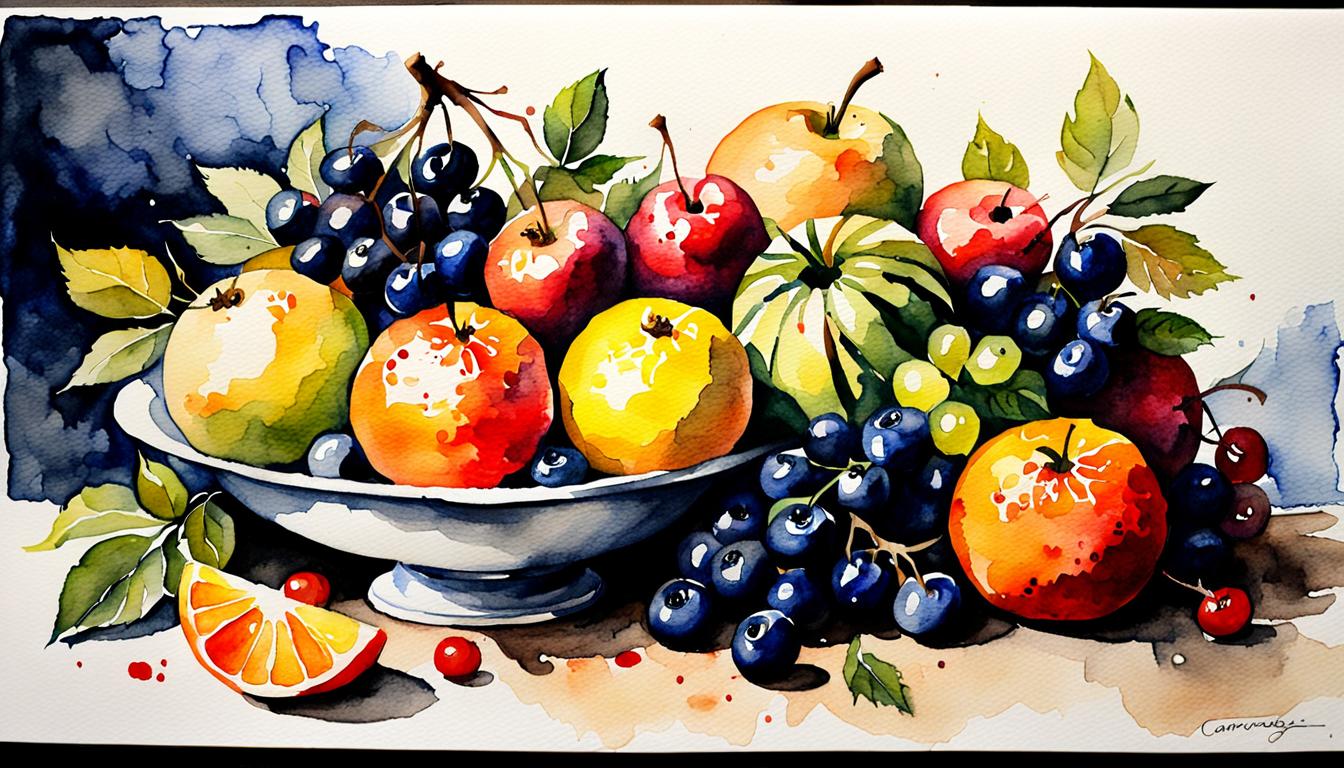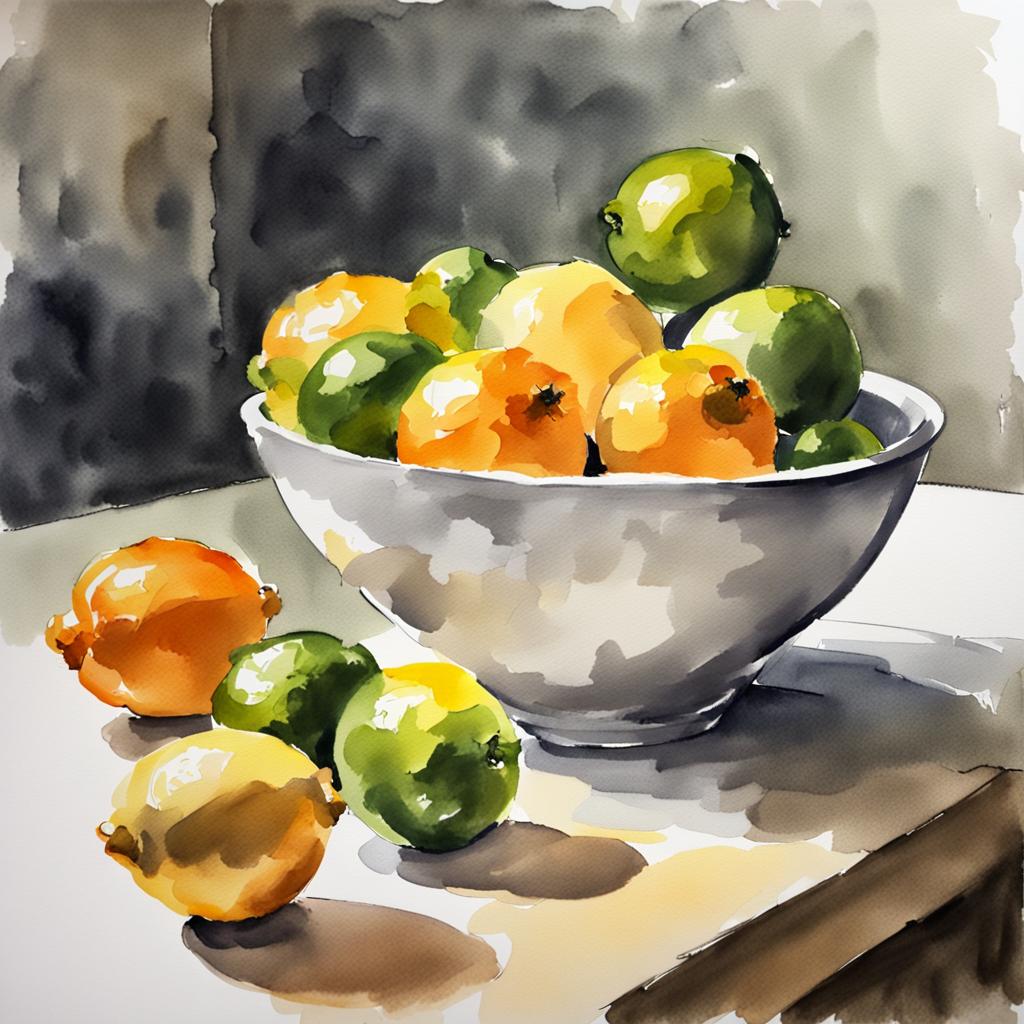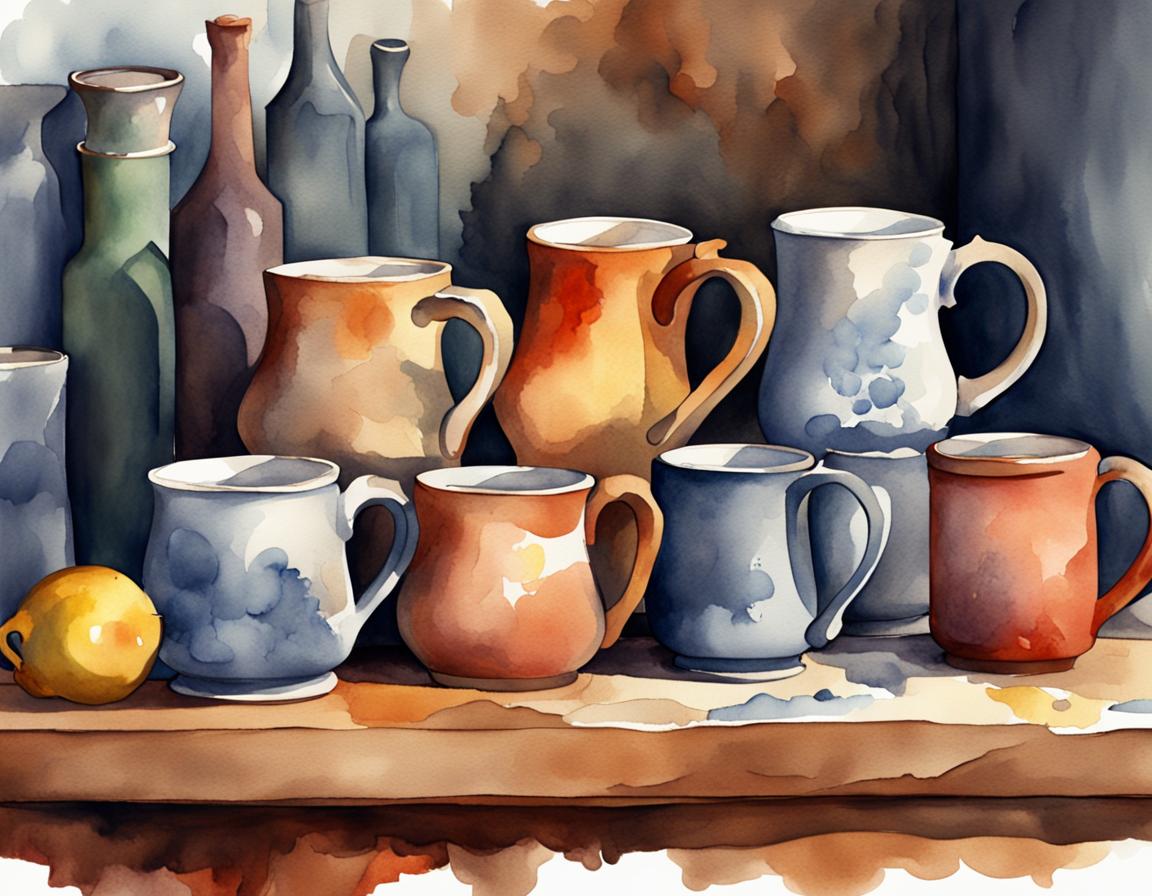Watercolor painting is a beautiful art form that can be used to capture the essence of still life subjects in a unique and creative way. In this article, we will explore 10 easy still life subjects to paint in watercolor that are perfect for beginners and experienced artists alike.
1. Fruit Bowl

A fruit bowl is a classic still life subject that is perfect for watercolor painting. The vibrant colors and interesting textures of the fruit make for a beautiful and dynamic composition. You can experiment with different lighting and backgrounds to create a unique and interesting painting.
2. Flowers
Flowers are another popular still life subject that can be painted in watercolor. There are many different types of flowers to choose from, each with its own unique shape and color. You can paint a single flower or create a bouquet of several different types.
3. Tea or Coffee Cup
A tea or coffee cup is a simple still life subject that can be painted in watercolor. You can experiment with different angles and lighting to create a unique and interesting composition. You can also add other elements to the painting, such as a saucer or a spoon.
4. Wine Glass
A wine glass is another simple still life subject that can be painted in watercolor. You can experiment with different lighting and backgrounds to create a unique and interesting composition. You can also add other elements to the painting, such as a bottle of wine or a cheese plate.
5. Vegetables
Vegetables are another great still life subject that can be painted in watercolor. You can choose from a variety of different vegetables, each with its own unique shape and color. You can also experiment with different arrangements and backgrounds to create a unique and interesting composition.
6. Seashells
Seashells are a unique and interesting still life subject that can be painted in watercolor. You can experiment with different arrangements and lighting to create a unique and interesting composition. You can also add other elements to the painting, such as sand or ocean waves.
7. Books
Books are a classic still life subject that can be painted in watercolor. You can experiment with different angles and lighting to create a unique and interesting composition. You can also add other elements to the painting, such as a pair of glasses or a bookmark.
8. Musical Instruments
Musical instruments are another interesting still life subject that can be painted in watercolor. You can choose from a variety of different instruments, each with its own unique shape and color. You can also experiment with different arrangements and backgrounds to create a unique and interesting composition.
9. Kitchen Utensils
Kitchen utensils are a simple still life subject that can be painted in watercolor. You can choose from a variety of different utensils, each with its own unique shape and color. You can also experiment with different arrangements and backgrounds to create a unique and interesting composition.
10. Vases
Vases are a classic still life subject that can be painted in watercolor. You can experiment with different shapes and sizes of vases, as well as different flowers or other elements to create a unique and interesting composition.
Tips for Watercolor Still Life Painting
Here are some tips to help you create beautiful watercolor still life paintings:
- Choose a simple subject to start with, and then gradually work your way up to more complex compositions.
- Experiment with different angles, lighting, and backgrounds to create a unique and interesting composition.
- Use a variety of brush sizes and shapes to create different textures and effects.
- Practice blending colors to create smooth transitions between different areas of the painting.
- Don’t be afraid to make mistakes – watercolor is a forgiving medium that allows you to make corrections and adjustments as you go.
How to choose the right composition for a watercolor still life painting
To choose the right composition for a watercolor still life painting, follow these tips:
- Select a simple subject: Start with a simple subject to avoid overwhelming yourself. Selecting a simple subject will allow you to focus on the composition and details of the painting.
- Experiment with different arrangements: Try different arrangements of the subject to see which composition looks best. Move the objects around until you find a composition that works well.
- Consider the rule of thirds: The rule of thirds is a basic principle of composition in which the painting is divided into thirds both horizontally and vertically. The points where the lines intersect are the points of interest in the painting. You can use this principle to create a balanced and visually interesting composition.
- Pay attention to lighting: Lighting is an important factor in creating a visually interesting painting. Try different lighting angles to see which one works best for your subject.
- Choose a focal point: Select a focal point in the painting to draw the viewer’s attention. You can use color, contrast, or texture to create a focal point.
- Create depth: Use overlapping objects and varying sizes to create depth in the painting. This will give the painting a sense of space and make it more visually interesting.
- Practice: Practice is key when it comes to choosing the right composition. Keep experimenting until you find a composition that works well for your subject.
By following these tips, you can choose the right composition for your watercolor still life painting and create a visually interesting and beautiful work of art.
Still Life watercolor techniques
Here are some still life watercolor techniques to consider:
- Select a subject: Choose a simple subject to start with and build up your skills. Common subjects include fruits, flowers, and objects around the house.
- Experiment with composition: Experiment with different arrangements and compositions to find what works best for your subject. You can use the rule of thirds to create a visually interesting composition.
- Paint in layers: Watercolor is a transparent medium, so painting in layers can create depth and dimension. Start with light washes and build up the color as you go.
- Use the wet-on-wet technique: This technique involves wetting the paper first before applying the paint. This allows the colors to blend and flow together, creating interesting textures and effects.
- Add details with dry brush: Use a dry brush to add details and texture to the painting. This technique involves using a brush with minimal water to create dry-brush strokes.
- Experiment with different brushes: Try different brush sizes and shapes to create different textures and effects. A larger brush can be used for washes, while a smaller brush can be used for details.
- Use salt and other textures: Salt can be sprinkled onto the wet paint to create interesting textures. Other materials, such as plastic wrap or tissue paper, can also be used to create unique textures.
By using these techniques, you can create beautiful watercolor still life paintings with interesting textures and compositions.
Conclusion
Watercolor painting is a beautiful and unique art form that is perfect for capturing the essence of still life subjects. Whether you are a beginner or an experienced artist, these 10 easy still life subjects to paint in watercolor are a great place to start. With a little practice and experimentation, you can create beautiful and unique watercolor paintings that capture the beauty and essence of the world around you.
Faqs
Here are some frequently asked questions (FAQs) about still life watercolor painting:
- What is still life watercolor painting?
Still life watercolor painting is a genre of painting that involves painting a collection of inanimate objects, such as fruit, flowers, or household items, arranged in a particular composition. The painting is done using watercolor paints. - What are the advantages of still life watercolor painting?
The advantages of still life watercolor painting include a high level of control over the subject, the ability to paint any time, and the ability to arrange the subject in any way desired. Still life painting is also a great way to practice observational skills and experiment with different compositions. - What are some tips for painting a still life in watercolor?
Some tips for painting a still life in watercolor include selecting a simple subject, experimenting with different compositions, painting in layers, using the wet-on-wet technique, and using a dry brush to add details and texture. - What are watercolor paints made of?
Watercolor paints are made of pigments suspended in a water-based solution. The pigments are responsible for providing the color, while the binder solution and additives help the paint adhere to the paper and create interesting textures. - What types of watercolor paints are available?
There are many different types of watercolor paints available, including pan watercolors, tube watercolors, and liquid watercolors. Each type has its own advantages and disadvantages, depending on the artist’s preferences and needs. - What supplies do I need to start painting still life in watercolor?
To start painting still life in watercolor, you will need watercolor paints, watercolor paper, brushes, and water. Other optional supplies include a palette, masking tape, and a spray bottle. - What are some design ideas for still life watercolor painting?
Some design ideas for still life watercolor painting include changing the color palette of the room, incorporating imagined backgrounds, and altering the scene by removing or adding objects. These design ideas can help add interest and depth to the painting.


